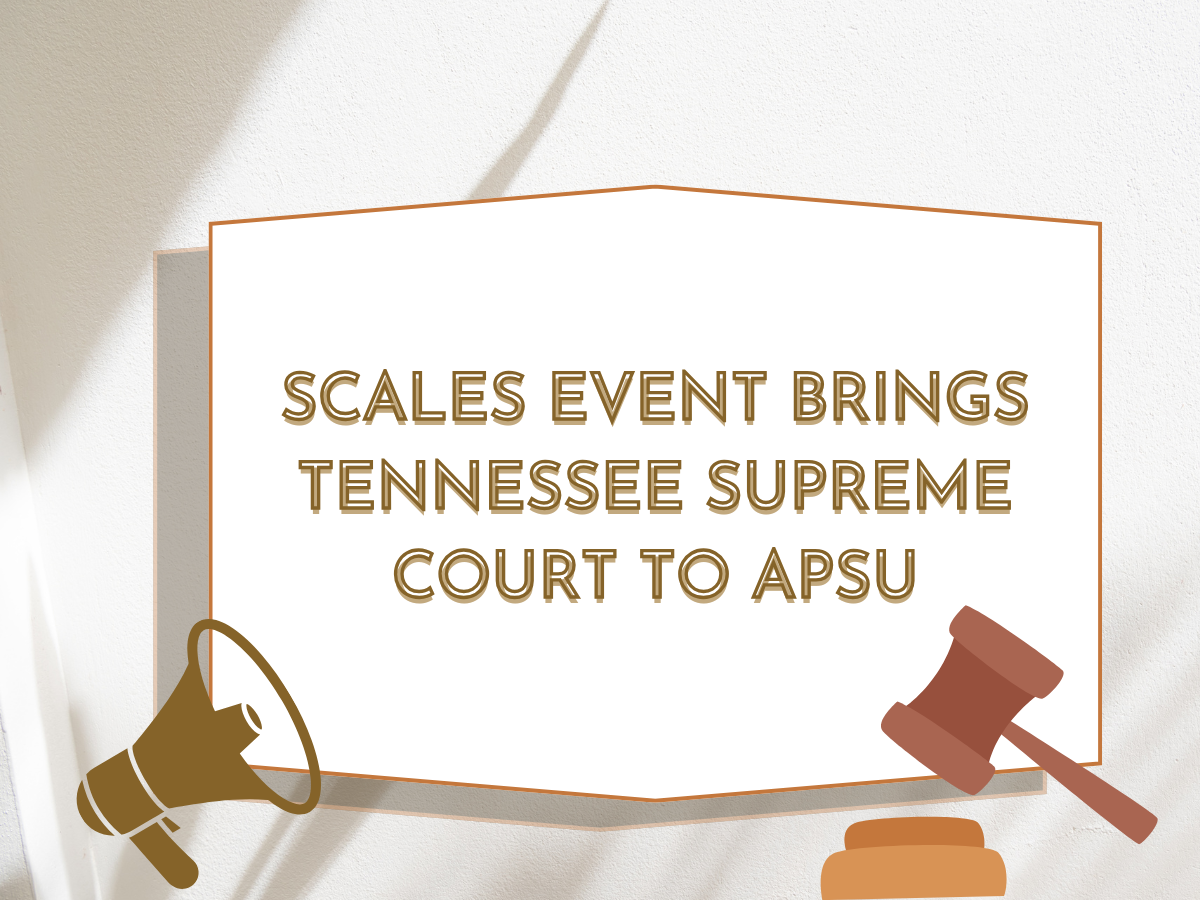
» By Diona Gardner
Staff Writer
For many students, college is the beginning of a journey towards a promising career. However, for some, college is the beginning of a long journey into debt.
In 2012, the Federal Reserve Bank of New York reported a total of $870 billion in outstanding student loan debt. The average outstanding student loan balance is roughly $23,000. Nationally, student loan debt has exceeded credit card debt.
“Student loans are often the only way some students and families can afford to attend college. The concern comes when students borrow more than what they need to pay for tuition and basic educational expenses,” said Donna Price, director of financial aid. “If a student receives a refund check and spends it on things they want rather than on basic needs, they are borrowing too much money.”
Price pointed out that upon graduation, student loan debt can greatly impede a student’s ability to buy a car or a home because their student loan payment could eat up 15 to 25 percent of their income.
She also emphasizes the importance of paying back loans on schedule.
“Defaulting on a student loan will negatively impact your credit, becoming a barrier to do things you will want to do, or even have the basic things we all want,” Price said.
Price stressed that the decision to accept a student loan should be thought about for more than just a moment.
Avoid student loan debt by applying for the “free” money first. Ms. Price suggests filing a FASFA as early as possible.
“It is imperative to complete the financial aid application at www.fafsa.gov as soon as possible after January 1 of each year,” Price said. “It is particularly urgent for grant-eligible families as some federal and state grants are limited in funding.”
Loans are broken down into three categories: student, parent, and private student loans. All loans are interest bearing, meaning the amount to be repaid will be more than what was borrowed.
Federal government loans are the most commonly used loans to fund education. They do not require credit checks and typically have a lower interest rate.
These loans are either subsidized or unsubsidized. Interest on subsidized loans is paid by the government while the borrower is still enrolled in college, so it is best to take the subsidized loans first.
Former APSU student Marcus Moore confessed, “I used my financial aid as an opportunity to supplement my income not considering one day I would have to pay all that money back.”
Repayment plans are chosen by the student and lender. There are several options available: standard, graduated, extended, income based, pay as you earn, income-contingent and income-sensitive repayment plans. Each plan varies in term, minimum payment, and interest. Available repayment plans vary by lender.
The standard repayment plan has fixed monthly payments of at least $50 per month up to 10 years and interest will be less than that of other repayment plans. Graduated repayment plans start with lower payments and gradually become higher every two years for up to 10 years.
The extended repayment plan can have fixed or graduated payments and this repayment plan will last up to 25 years. There are debt requirements in order to qualify for an extended repayment plan of more than $30,000 in outstanding Direct and/or FFEL loans.
Loan consolidation is an option which combines multiple federal student loans into one monthly payment. Consolidation lowers monthly payments by extending the repayment period to up to 30 years. Loans are eligible for consolidation after graduation, leaving school or dropping below halftime enrollment.
There are some borrower benefits that will be lost after consolidation; choose carefully once loans are consolidated they cannot be removed.
Partial financial hardship is required for income-based and pay as you earn repayment plans. Monthly payments on the income-based repayment plan are 15 percent of discretionary income. Any outstanding balance after making 25 years of qualifying monthly payments will be forgiven.
Pay as you earn payments will be 10 percent of the student’s discretionary income. As income changes, so will the monthly payments. Any outstanding balance after 20 years of qualifying monthly payments will be forgiven.
Income contingent payment plans are calculated yearly based on adjusted gross income, family size and total amount of direct loans. As the students’ income changes so will their monthly payments. Any outstanding balance after 25 years of qualifying monthly payments will be forgiven but you may still have to pay income tax on that forgiven portion.
Income sensitive payment plans are based on the student’s annual income and will change as their income changes. Each lender’s formula for calculating monthly payments varies. The repayment period is up to 10 years.
Some occupations have loan forgiveness programs in order to encourage careers in teaching and public service fields.
The teacher forgiveness program requires the student to teach for five consecutive years in a eligible low income school or eligible location operated by an educational service agency. In order to qualify for forgiveness, the loan must be made before the end of the student’s fifth year of teaching.
The public service forgiveness program forgives any unpaid balance after the student has made 120 monthly payments. The student must be in an eligible public service field and enrolled in a standard, income based or income contingent repayment plan. Forgiveness is extended only while the student is employed full time in their career field.
To learn more about these programs visit the financial aid office in the Ellington building or go online to www.asa.org/repay/options/forgive/default.aspx












